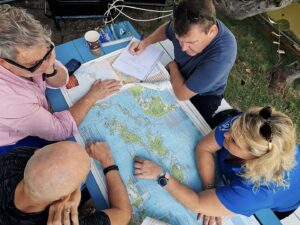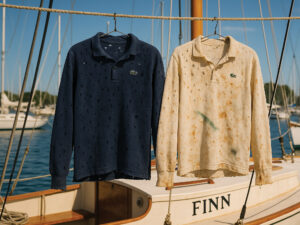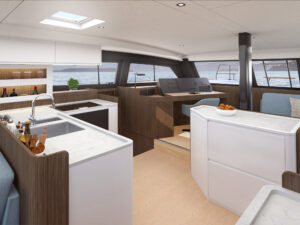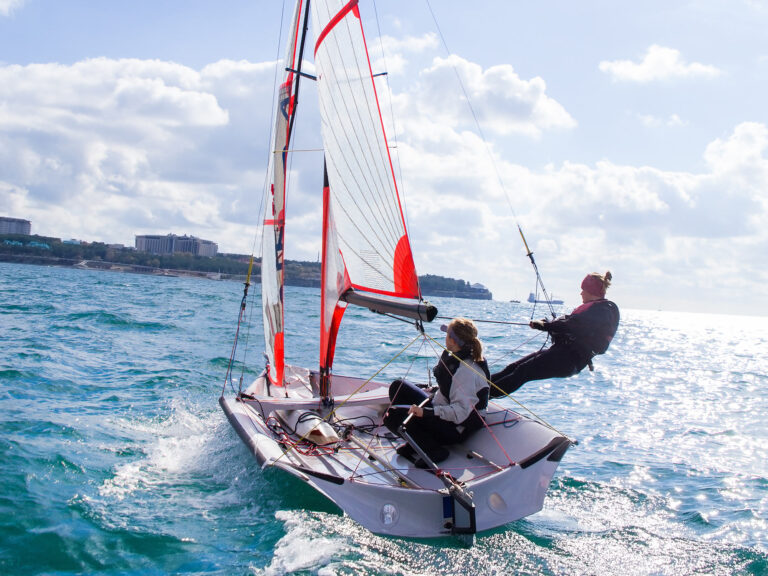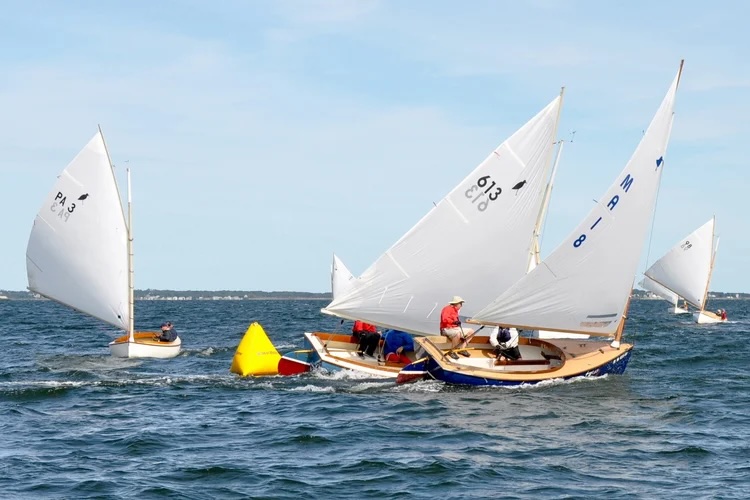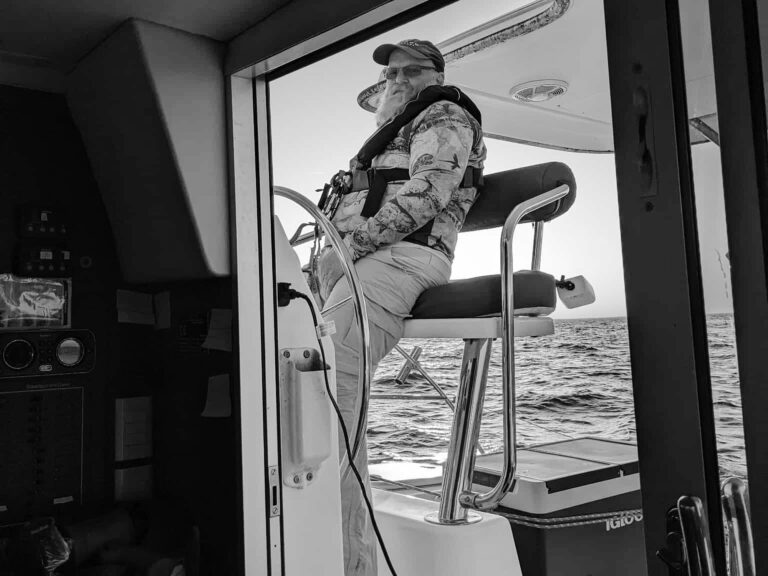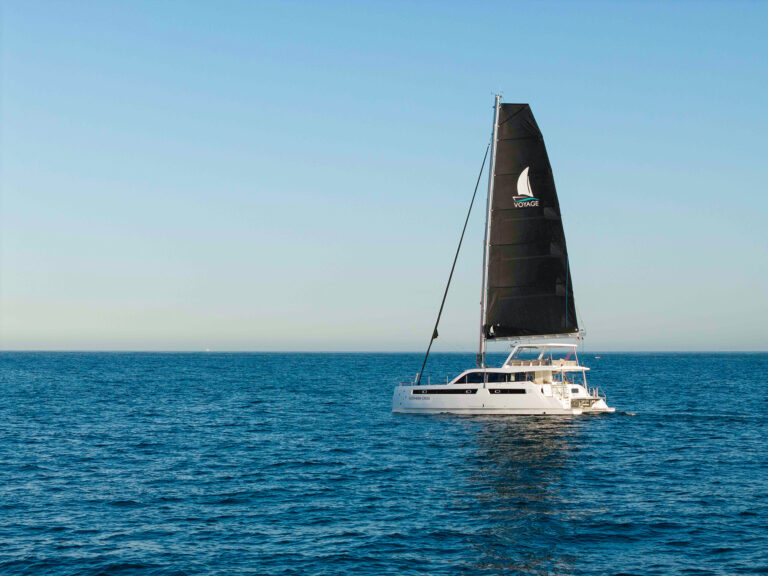
Seven years ago, I never imagined I’d become a runner. In fact, I used to hate it. But I took it up for my health, and surprisingly, it stuck. Then, about four years ago, I added strength training to my routine—another activity I once disliked. Looking back, I’m incredibly grateful for these changes. They’ve transformed my experience of cruising, allowing me to feel better every single day.
It is a common refrain among cruisers that just living a cruising lifestyle will keep you in shape. To a degree, that’s true. You will certainly stay in better shape than if you lived a more sedentary lifestyle. However, it’s easy to overestimate your health compared with your potential fitness. After I got started, I realized that I had a lot of room for improvement.
Scientific research shows that as we age, we naturally lose muscle mass, mobility, agility, and stamina unless we engage in strength and cardiovascular training. Strength training is vital for preserving muscle mass, increasing bone density and boosting metabolic health. It also supports mental well-being by reducing anxiety and depression, and it helps manage chronic conditions such as diabetes and heart disease.

Cardiovascular training enhances heart and lung function, aids in weight management, and reduces the risk of chronic diseases such as heart disease and stroke. It also improves mental clarity and cognitive function.
Living aboard presents challenges for maintaining both types of training. Running is primarily about getting ashore often enough in a suitable place—a beach, a road or any area with enough space to keep you from going nuts on many short laps. Strength training, however, requires doing things differently than you likely would if you were shore-based, to find adequate resistance for various exercises.
On land, strength training typically involves going to a gym or using equipment such as weight machines, barbells and dumbbells at home. These aren’t practical on a boat because of their size and weight. Over the years, I’ve experimented with different options and have finally settled on a compact, lightweight and effective set of equipment. My complete boat gym includes two 10-pound dumbbells, three sets of exercise bands, suspension straps, a yoga mat, and an online personal trainer.
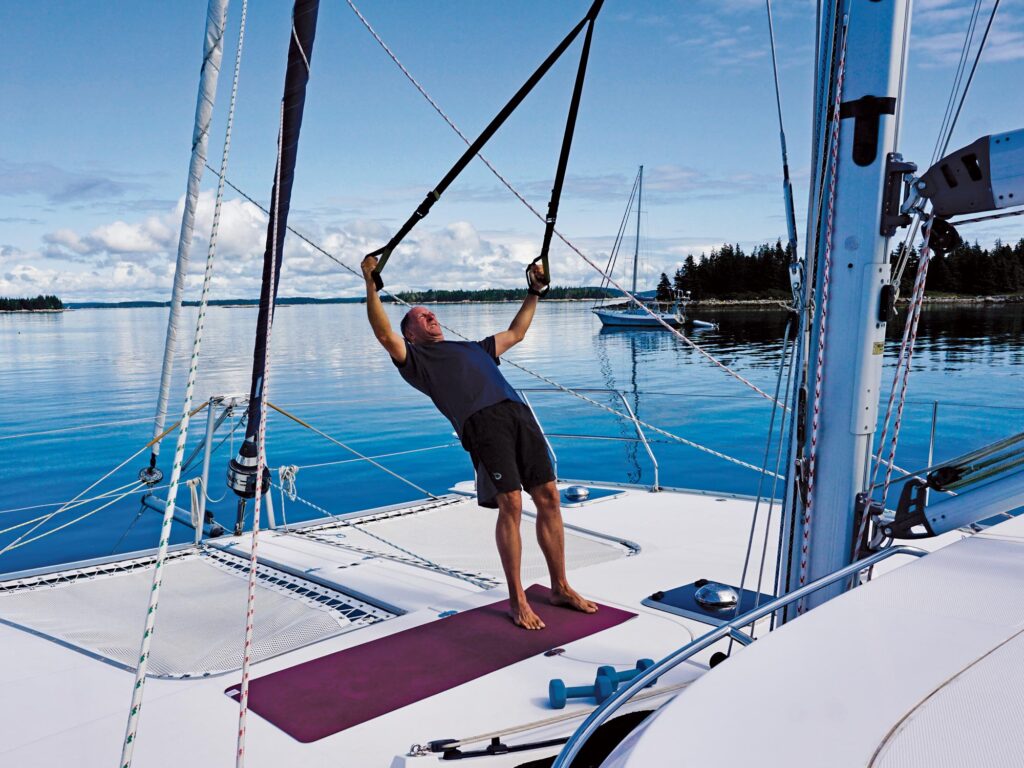
Let me start with the last item on my list. Several companies now offer personal training via the internet, and I’ve found this to be an effective, affordable alternative to in-person sessions. The benefits go beyond motivation: Working with a knowledgeable, flexible trainer who understands the constraints of boat life has been invaluable.
It took me three tries to find the right trainer, but now, my trainer creates personalized workouts that are efficient, use only the equipment and space I have available, and include modifications for days when the boat is in motion. I usually take a break during offshore passages but work out in calm and rolly anchorages, and even underway in smaller sea states. While I could probably research and program my own workouts, my trainer saves me time and ensures that I’m getting the most out of my routine. The difference in my results since working with a good trainer has been remarkable.
Body-weight exercises, for example, are incredibly versatile. You’re probably familiar with pushups, lunges and similar moves. If you think these can’t effectively build strength, you don’t know about the more-challenging variations. For instance, you can make pushups significantly harder by introducing asymmetry and changing angles. Other exercises, particularly those targeting small stabilizing muscles, require little weight. We use our boat hook along with 1- and 2-pound weights from our scuba gear for these. Our only concession to traditional exercise weights is a set of 10-pound dumbbells. While they’re ideal for my wife’s workouts, they’re too light for me. Still, they’re useful for adding resistance to exercises such as lunges, planks and crunches.

My first attempt to substitute lightweight equipment for traditional weights involved using exercise bands. Initially, I thought they were a gimmick, but after some instruction and trial and error, I discovered how effective they can be. We have an assortment: smaller circular mini bands, regular bands with carabiners and handles, and superbands, which are heavy-duty and circular. These bands are complemented by a set of suspension straps, which I anchor to our standing rigging and a halyard with a soft shackle to create an adjustable-height anchor point. Suspension straps allow you to leverage your body weight for exercises such as rows, flies, dips, twists and pullups.
Over time, I’ve been increasingly impressed with how effective that workouts based on body weight, exercise bands and suspension straps can be. You can create all the resistance you need, even for the large muscle groups.
One crucial piece of the puzzle I haven’t yet addressed is finding the motivation to start an intentional exercise program. You’ll need to figure out what works for you. For me, a health issue finally pushed me to build an exercise habit.
Regardless of how you get started, making fitness a regular part of your life is one of the greatest gifts you can give yourself. As a yoga instructor I follow says, exercise makes you feel so good afterward, how could you not want to do it every day?
Douglas and his wife, Marjorie, are full-time cruisers aboard their 2014 Antares 44i catamaran, Frolic. They have visited 14 countries from Trinidad to Newfoundland. They share their adventures on their YouTube channel, The Meri Crew, mainly for Douglas’ 89-year-old mother.

